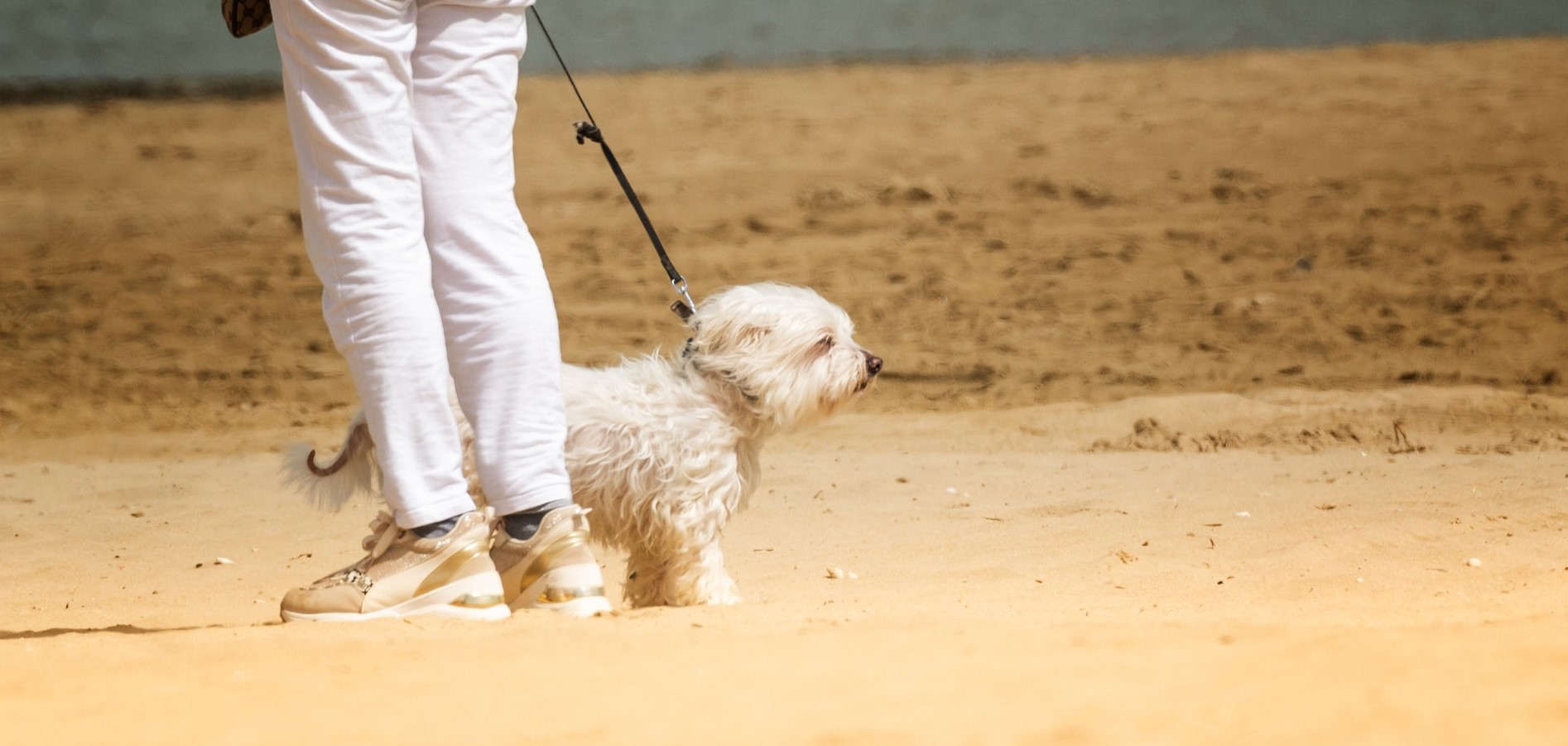Your shopping cart is empty
JavaScript seems to be disabled in your browser. For the best experience on our site, be sure to turn on Javascript in your browser.
Orders of more than £100.00 will be shipped free. Flat shipping rate of £7.00 on all orders up to £100.00
Are you a groomer or pet professional? Click here

Walking your dog is a really important part of its life, giving it the opportunity to exercise, explore and socialize. This article has some practical tips to help you make walks a more enjoyable experience for you and your dog alike. Keep reading for all the key info!
First and foremost, dogs need daily exercise to stay fit and keep health problems at bay. What’s more, regular walks help them to maintain their mental well-being, as it helps to reduce stress and anxiety while giving them an opportunity to socialize and explore their environment. Along with paying regular visits to the groomer for proper hygiene, it's one of the most important things when it comes to keeping your dog healthy.
However, walking not only benefits your dog, it’s also a great way to strengthen the bond you have with each other. When you walk your dog, it learns to trust you and to follow your instructions, in turn, improving communication and understanding.
Lastly, it’s just as positive for you. Taking your dog for a walk gets you out and about, boosts your mood and lets you connect with nature and your environment. What more could you want?
Generally speaking, a dog needs between 2 or 3 walks a day. This will depend on a number of factors, such as age and the energy needs of each breed. However, when is the best time to take your dog for a walk?
Ideally, your dog's walking routine should follow its circadian rhythms. Of course, you need to be able to fit it into your daily routine so that you can create habits that you can stick to. Dogs love consistency. A good option is:
As well as having a good time, there are certain things you can't forget. One of which is the lead. A good option is the Dog Control Lead, as it's retractable, offering greater freedom of movement. Some other basic things you’ll need are the collar or harness and poop bags. What’s more, consider wearing raincoats or coats if the weather isn’t great. Finally, depending on the breed, you might also need a muzzle.
If you’re planning a long and unpredictable route, don’t leave home without putting a portable water dish and a few snacks in your backpack.
There are a few things you should do to make this an enjoyable activity for both of you.
The first step is to teach the dog to walk on a lead, which is compulsory on public roads in accordance with some regional and municipal laws. Ideally, you should get the dog used to it when it’s a puppy so that it becomes just another part of the walk. If you’re not yet sure about letting your dog off the lead in the park, opt for somewhere it won’t be restricted, where it can still explore the environment despite being on a lead.
On the other hand, you need to teach it to behave appropriately when out and about. Obeying your call, not running away and being friendly with other people and dogs are the keys to ensuring that nothing goes wrong. A good time to teach your dog discipline is on walks; work on some basic training exercises after it has a bit of fun and sniffs around.
Dogs love to explore, sniff and discover.. So, don't keep going back to the same place, as it won't be as stimulating for your dog as it was at the beginning. Switch up the routes and look for new places to keep it entertained so it gets the chance to explore. You’ll notice the difference!
The same can be said for toys. These are a great way to round off your walks. However, we recommend switching things up with other options, so your dog stays motivated.
So, you’re now ready to make walking your dog a pleasant and extremely beneficial experience. Put our tips into practice to start enjoying your walks today!